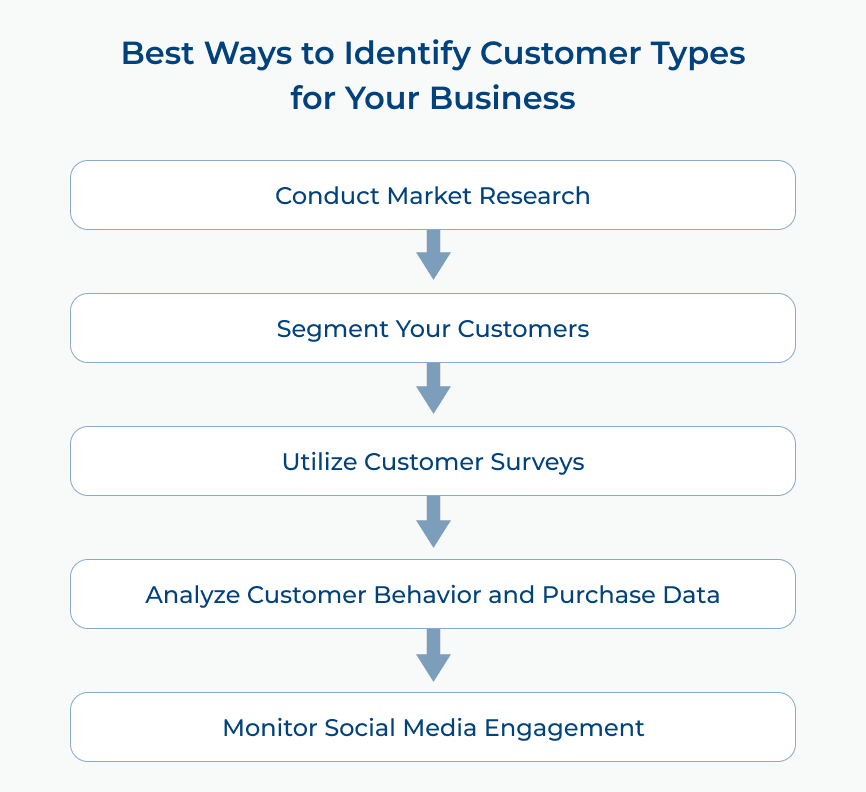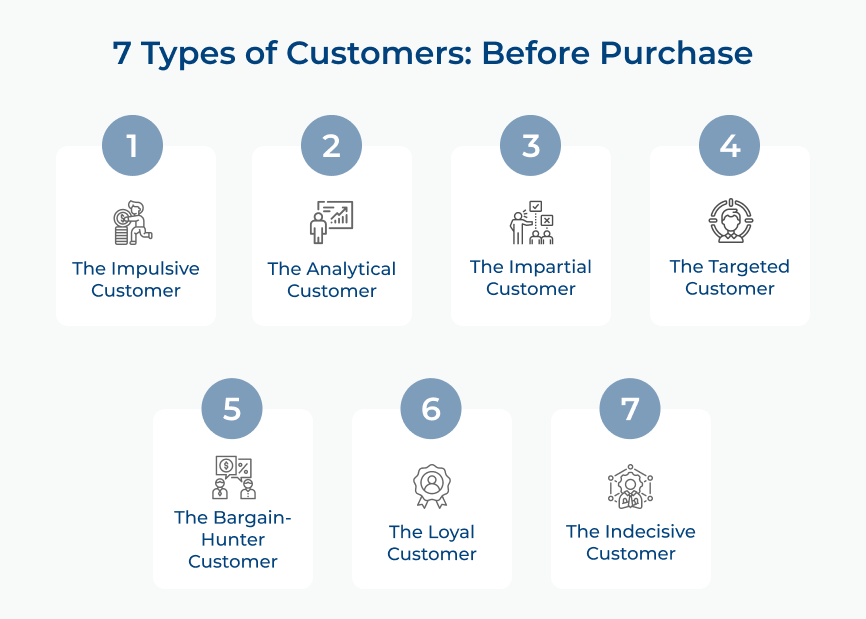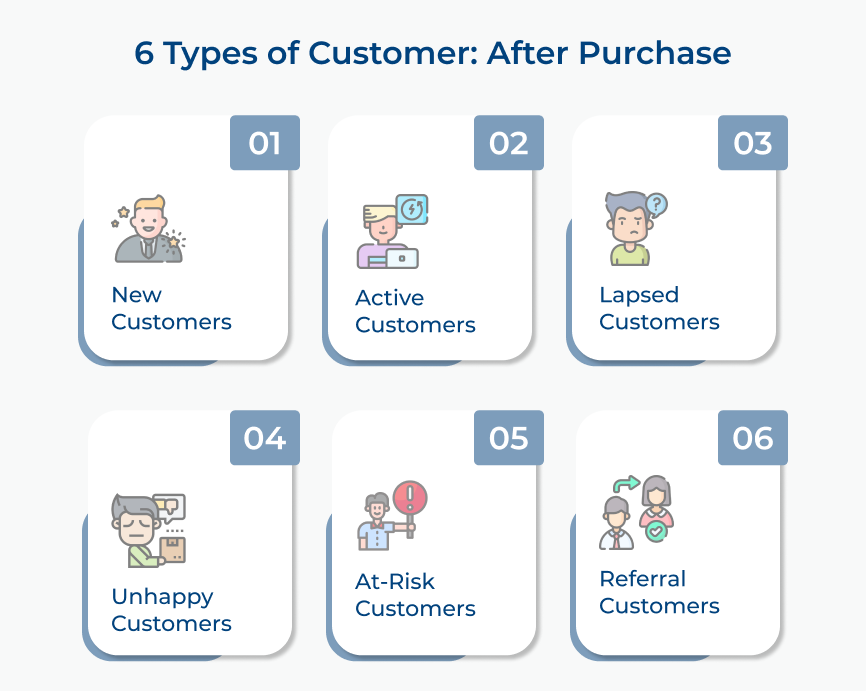1. Identifying the Right Customer Segments
One of the initial challenges in implementing different types of customers is identifying the right customer segments to target. It requires extensive market research, understanding consumer behavior, and analyzing data to determine which demographics are most likely to be interested in the solutions. Attempts to cater to different customer types may fall flat without a clear understanding of the target audience.
Solution:
Businesses can conduct market research surveys, analyze purchase patterns, gather customer feedback, and leverage data analysis tools to segment their customer base effectively. Understanding the needs, preferences, and buying behavior of different customer segments enables businesses to tailor their marketing strategies to suit each group.
2. Customizing Products and Services
Once the customer segments are identified, businesses face the challenge of customizing their offerings to meet the specific needs and preferences of each demographic. It can be particularly difficult for businesses with diverse customer bases, as they may require different features, pricing structures, or packaging options to appeal to various groups.
Solution:
Companies must invest in product research and development to create offerings that cater to the specific requirements of different customer segments. Conducting focus groups, surveys, and gathering feedback from each customer group can provide valuable insights into customizing the solutions effectively.
3. Providing Personalized Customer Experiences
Customers expect personalized experiences that address their unique needs and preferences in the competitive market. 72% of consumers claim that they respond to marketing messages that are exclusively crafted to their choices. Implementing different types of customers can pose challenges in delivering personalized experiences consistently across all touchpoints.
Solution:
Brands can leverage technology and customer relationship management (CRM) tools. It will help them to gather and analyze customer data. The insights should then be used by the organizations to tailor their marketing messages, offers, and overall customer experience to cater to each specific customer category.
4. Delivering Consistent Messaging and Branding
Ensuring consistent messaging and branding can be a challenge when catering to different types of clients. Each customer segment may respond differently to various marketing techniques, and maintaining a unified brand image becomes crucial.
Solution:
The focus should be on developing a clear brand strategy and messaging guidelines that align with the target audience. It ensures consistent communication across all marketing channels and touchpoints. Regular internal communication, training, and quality control measures can help maintain brand consistency. It will also assist in delivering the desired message to each customer segment effectively.
5. Managing Multiple Marketing Campaigns
Implementing different types of customers in business often means running multiple marketing campaigns simultaneously. It can pose various challenges in terms of resource allocation, budgeting and campaign management.
Solution:
Businesses can leverage marketing automation tools to streamline campaign management and maximize efficiency. Automation can help in scheduling, executing, and tracking campaigns across different customer segments, saving resources. Enterprises can also prioritize marketing activities based on the potential return on investment from each customer segment.
Types of Customers: Master the Art of Customer Satisfaction
Mastering the art of customer satisfaction requires understanding the different types of customers and tailoring the approach accordingly. The four main types of customers include price-sensitive customers who prioritize affordability, loyal customers who value consistency, convenience-seeking customers who prioritize efficiency, value-conscious customers who seek a balance between quality and price.
Recognizing the different types, what they prefer will allow businesses to develop strategies to meet their needs and exceed their expectations. Providing exceptional customer service, personalized experiences, and consistently delivering on promises are key to creating a loyal customer base. Remember, happy customers are the foundation of a successful business.















